While most of us associate smooth skin with ripeness and beauty, nature has other plans — especially when it comes to fruit. Some of the most delicious, exotic, and nutrient-packed fruits wear their wrinkles proudly.
These quirky, crinkled, and sometimes brainy-looking fruits might not win a beauty contest, but don’t let their odd exteriors fool you. Beneath those folds and bumps often lies a burst of flavor, surprising texture, or medicinal value that smooth-skinned fruits can only envy.
From citrus fruits that look like they’ve been through a storm, to dried delights that shrivel with sweetness, these wrinkly wonders prove that outer beauty isn’t everything — at least in the fruit world.
Ready to meet the most charmingly crumpled fruits on the planet? Let’s dive in!
1. Osage Orange
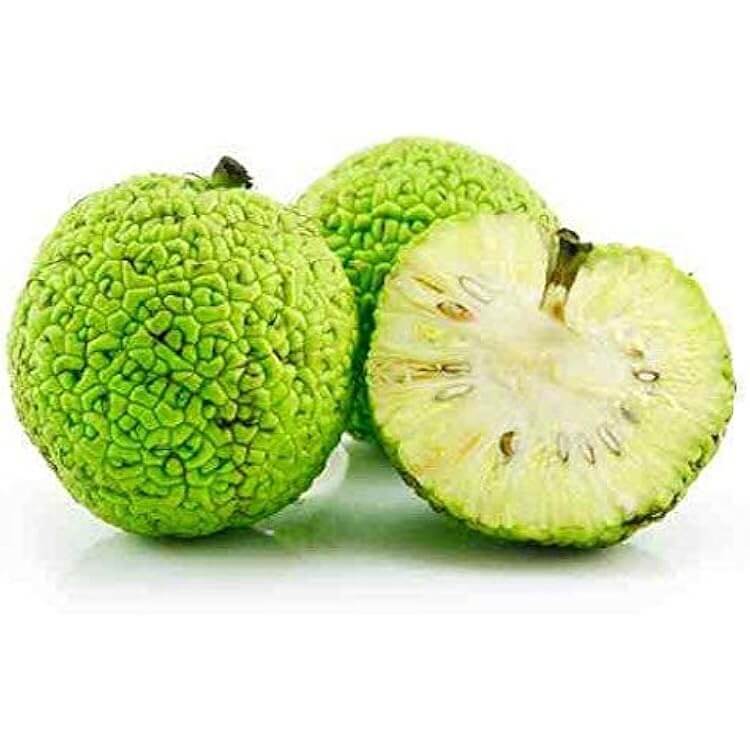
The Osage orange is instantly recognizable by its deeply wrinkled, brain-like green surface. Despite its name, it’s not a true orange and isn’t typically eaten due to its bitter taste. Native to North America, it’s more valued for its hardwood and as a natural insect repellent.
2. Buddha’s Hand
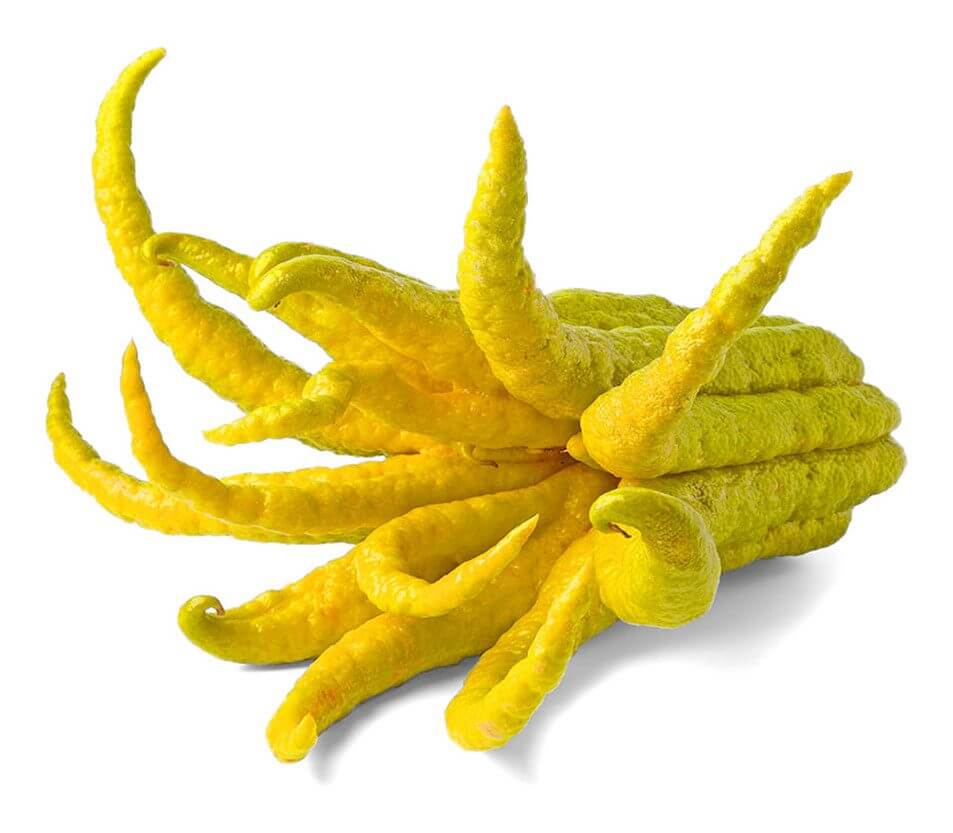
This unusual citrus fruit forms elongated, finger-like segments that curl and twist with a wrinkled yellow skin. Highly fragrant but lacking pulp or juice, it’s used in perfumes, candies, and zesting. A symbol of good luck in many Asian cultures.
3. Passion Fruit (when ripe)
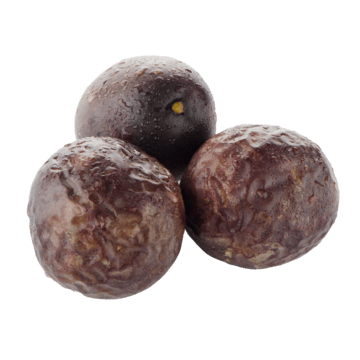
When fully ripe, the passion fruit’s once-smooth shell becomes noticeably wrinkled—a sign of peak sweetness. The inside is filled with juicy, aromatic pulp and seeds, prized for desserts, juices, and cocktails.
4. Custard Apple (Cherimoya / Sugar Apple)
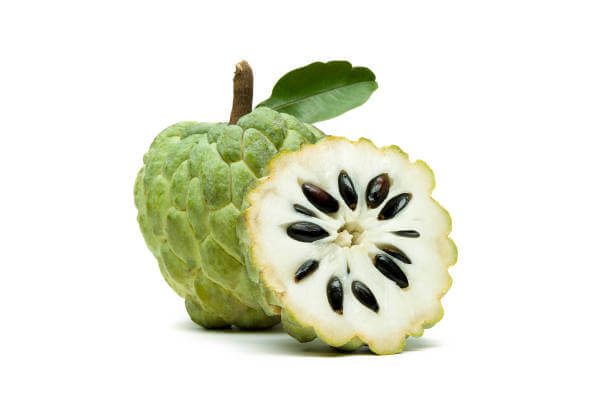
This fruit has a bumpy, knobby, wrinkled green exterior that resembles reptile scales. The inside is creamy and sweet, often described as a blend of banana, pineapple, and bubblegum.
5. Soursop
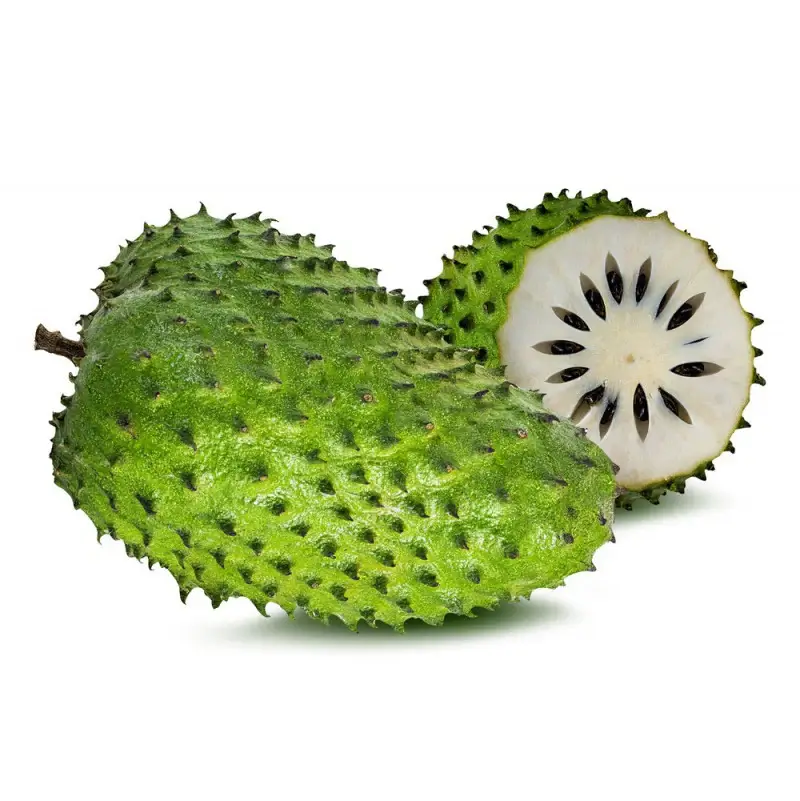
The soursop features a spiny, irregular surface with wrinkled and bumpy green skin. Its flesh is soft, tangy, and custard-like, often used in tropical smoothies and traditional remedies.
6. Kaffir Lime
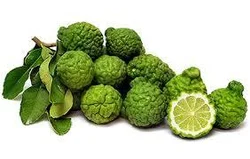
A small lime with an exceptionally wrinkled, almost brain-like rind, rich in aromatic oils. Though its pulp is too bitter to enjoy, the zest and leaves are essential in Southeast Asian cuisine.
7. Walnut
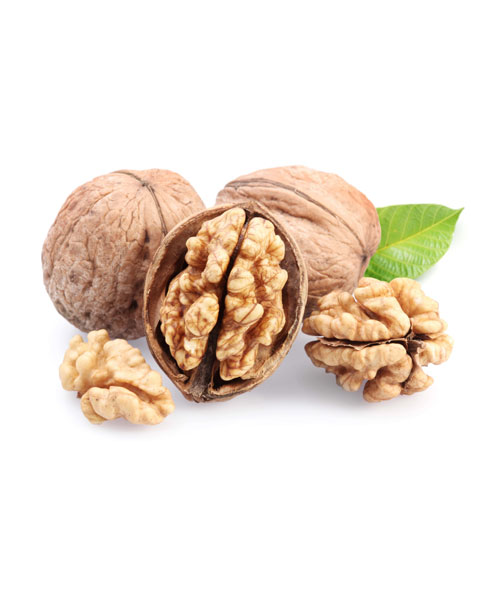
While the outer green husk is smooth, the edible nut inside has a deeply wrinkled, grooved surface, resembling a human brain. Rich in omega-3s, walnuts are both nutritious and symbolic of wisdom in many cultures.
8. Dried Dates

Dried dates are sticky, glossy, and deeply wrinkled, often used in desserts and energy snacks. Naturally high in sugar and fiber, they have a long shelf life and are considered sacred in many Middle Eastern traditions.
9. Prunes (dried plums)
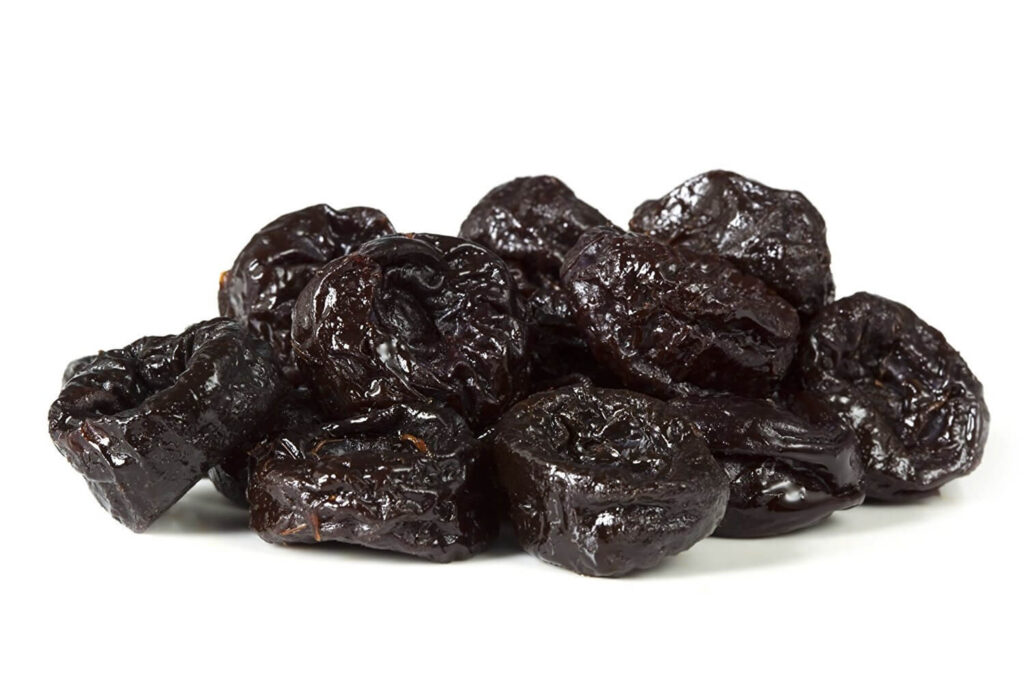
Prunes are naturally wrinkled from dehydration, forming a chewy texture and rich sweetness. Known for digestive benefits, they’re often underestimated as a superfood.
10. Raisins (dried grapes)
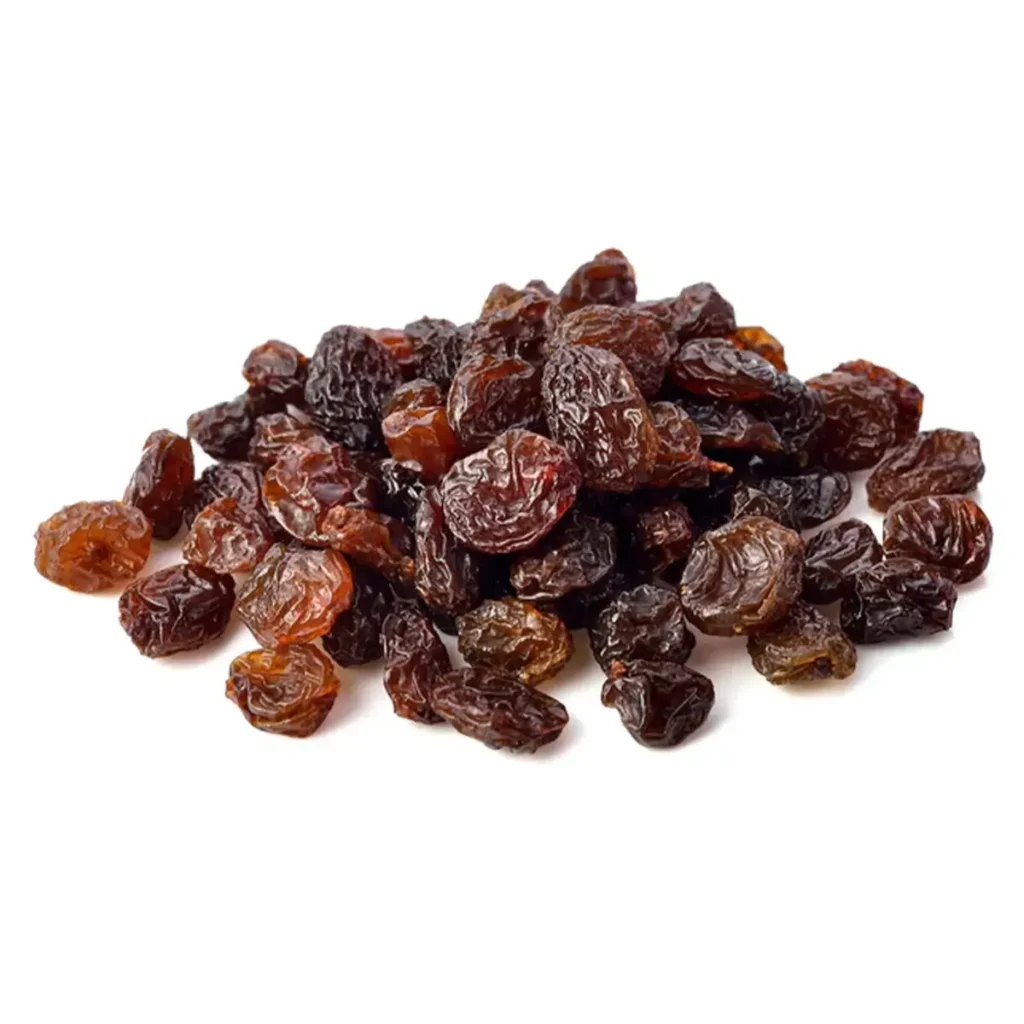
These small, shriveled fruits are perhaps the most iconic wrinkled snacks. Their wrinkled skin forms as moisture evaporates, concentrating the sugar inside. Used in baking, cooking, and cereals worldwide.
11. Dried Persimmons

As certain varieties of persimmons dry, their once-smooth skin puckers and wrinkles. This aging process concentrates their sweetness, making them a delicacy in parts of Asia and a natural candy-like treat.
12. Dried Figs
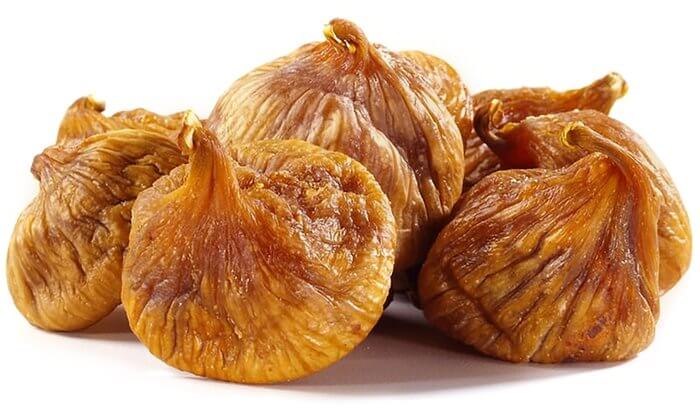
Figs, when dried, develop a wrinkled, leathery surface with a sweet, jammy interior full of seeds. Highly nutritious and ancient in cultivation, they’re often used in desserts, energy bars, and traditional medicine.
13. Dried Jujube (Chinese Date)
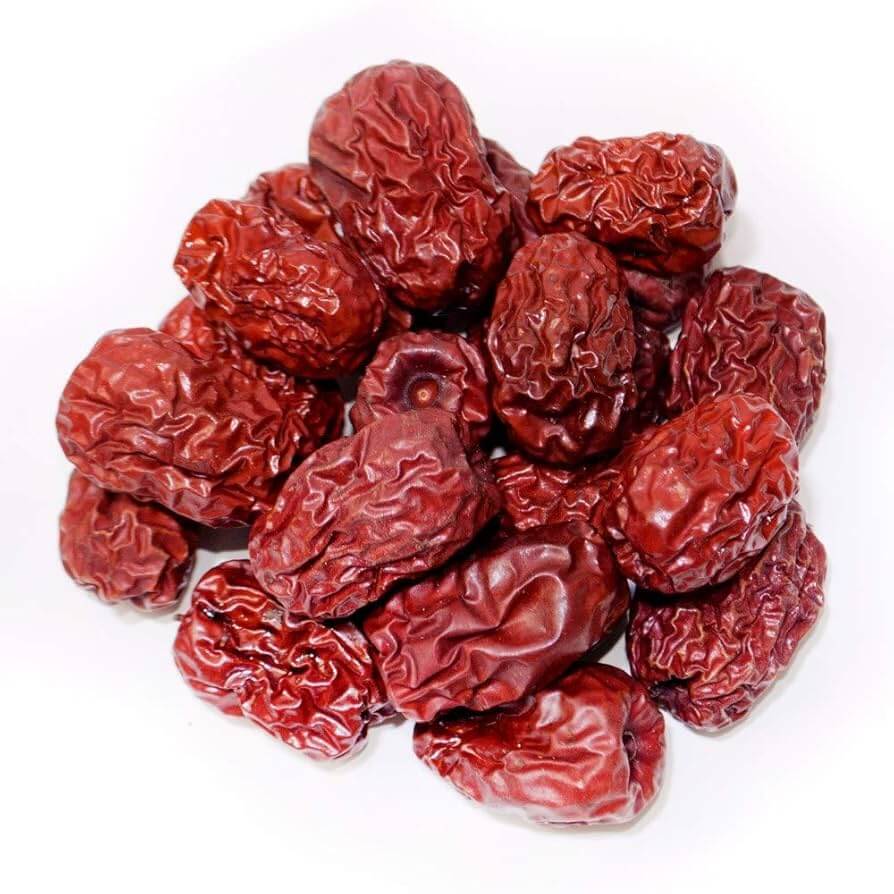
These small red fruits wrinkle dramatically upon drying, resembling miniature prunes. With a chewy texture and apple-like flavor when fresh, dried jujubes are popular in teas, soups, and Eastern medicine.
14. Tabon-tabon (Atuna racemosa)
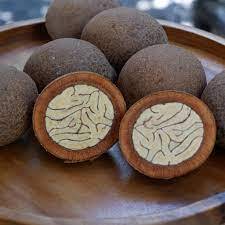
Though the outer shell is hard and brown, the pulp inside is soft, grayish, and brain-like in texture. Used in traditional Filipino dishes to reduce fishy odor, the pulp must be scraped and used before it hardens.
15. Ugli Fruit
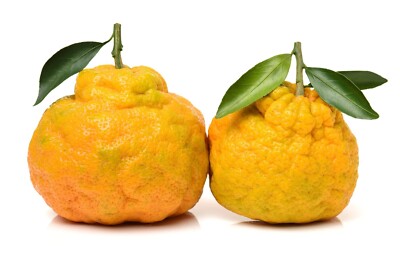
A hybrid of orange, grapefruit, and tangerine, this fruit has a loose, lumpy, wrinkled peel. Despite its “ugly” exterior, the flesh inside is juicy, sweet, and easy to segment—true to its Jamaican origin.
16. Yuzu
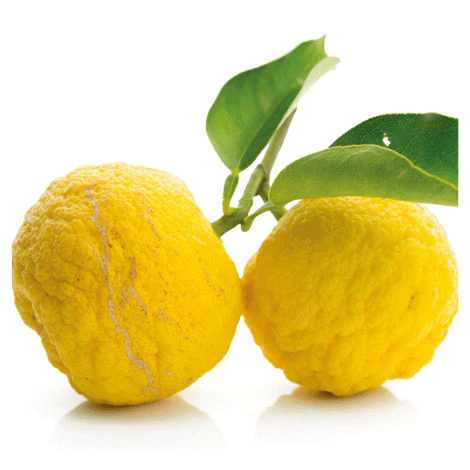
Yuzu has a bumpy, wrinkled yellow or green rind, especially as it matures. Valued more for its zest and juice than for eating raw, it’s an essential flavor in Japanese cuisine and cosmetics.
17. Chayote (Vegetable Pear)
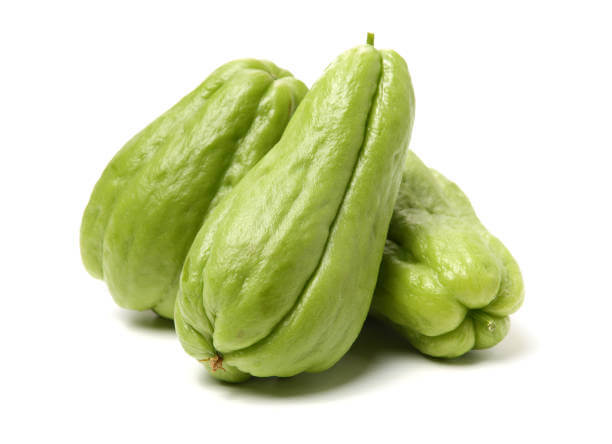
Most chayotes are smooth, but wild or spiny varieties often have wrinkled, ridged, or even prickly skin. Used as a vegetable in many cuisines, the flesh is crisp and mild, similar to zucchini.
18. Ganitrus (Rudraksha Fruit)
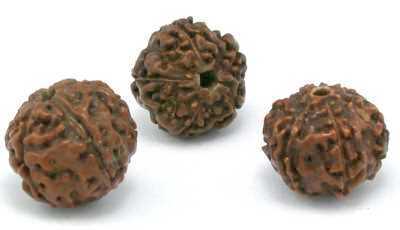
The dried seed of this fruit is extremely wrinkled and deeply grooved, often worn as a sacred bead in Hindu and Buddhist traditions. The fresh fruit is berry-like but rarely eaten.
19. Haritaki (Terminalia chebula)
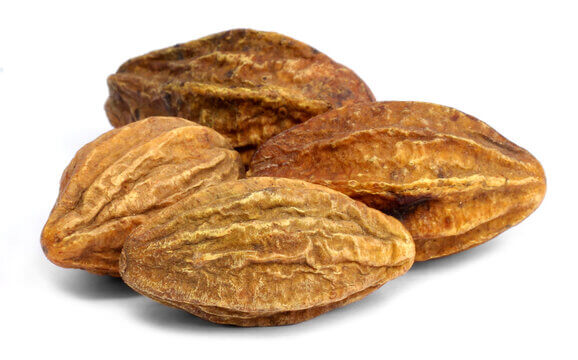
When dried, haritaki fruits become tough, brown, and deeply wrinkled. Used in Ayurvedic medicine, they are believed to aid digestion, detoxification, and longevity.
20. Tiger Nut (Earth Almond)
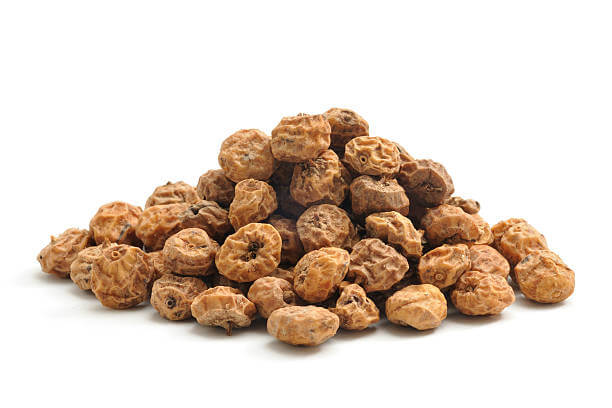
Though not a true nut, the tiger nut is a small tuber with a naturally wrinkled and shriveled surface. High in fiber and iron, it has a sweet, nutty flavor and is used in drinks like horchata or eaten as a snack.
